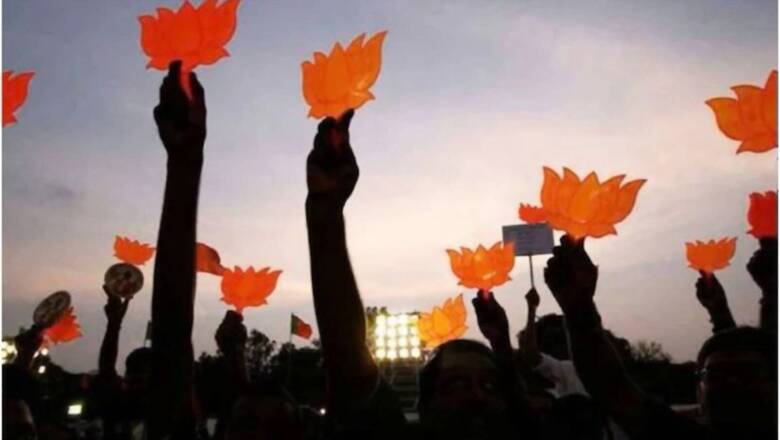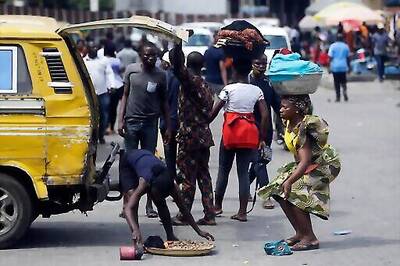
views
Besides Banjaras, there are communities like Daler Kahar, Gandi Ghosi, Baheliya, Bhantoo, Sansi who regardless of being recognized as SCs, STs or OBCs have not seen any improvement in their social and economic condition, nor can they claim to have any political voice.
They don’t know what caste census is and do not aspire for it either. They are invisible communities; they live in a democratic society but without any political presence. They have a right to vote but have not produced any leaders from their community, so far. They don’t have an MP, an MLA, a pradhan or pramukh from their community.
Semi-nomadic communities like Mongia, Madari, Augad, Vaidya, Bhat, Jogi, Joga, Mahawat, Sapera, Brajwasi now have a village address but still roam, migrate and travel for more than eight months in a year for livelihood. They too are identified under one category or other—SCs, STs and OBCs—but are still waiting for democratic benefits to reach them.
It is interesting to observe that neither the Left nor the Dalit-Bahujan movement—both claim to practice radical and empowering politics—have reached out to these nomadic and semi-nomadic communities in Uttar Pradesh. These communities are small in size and their population is not concentrated in one area. In terms of representation in education and politics, they are last man in the queue, in Mahatma Gandhi’s words.
ALSO READ | UP Next: Some Invisible Scheduled Castes are Finally Getting Visibility, Through BJP Govt Policies
To illustrate their socio-economic condition, I am using the example of a semi-nomadic community in UP, called Gadiya Luhar. Members of this community travel from one village to another in bullock carts and repair agricultural tools made of iron. They say they were warrior Rajputs in Rajasthan who fought against the Mughals and were compelled to migrate by the Mughal rulers. Gadiya Luhars are now struggling to get notified under a scheduled category—something they believe will lift their socio-economic status in society.
These communities, the marginal of marginals, could be easily perceived as Dalits, but they do not have much of a political connect with Bahujan Samaj Party (BSP), which is known to fight for the Dalit cause.
Interestingly, most of them are traditional voters of Hindutva politics since the decade of 1960s when the Jana Sangh was representing Hindutva politics. In present times, a large section of these nomadic and semi-nomadic communities vote for the Bharatiya Janata Party (BJP).
The support for the party evolved due to several reasons. First, most of them, especially Gadiya Luhars, remember a historical past which is based on their collective memory of the struggles against Muslim rulers in Rajasthan. The collective memory turns them towards Hindutva mobilization. Here, historical memories become more powerful in making political choices than socio-economic conditions. Second, many Sangh-inspired local organizations work among these communities and provide them social support in various ways.
However, some of the smaller semi-nomadic communities vote under the influence of the local landed and powerful elites. Voting rights, in some cases, are often secondary to the daily struggle to earn bread for the family.
Further, their occupations, which are closely linked with a traditional rural economy, are becoming redundant with each passing day. This shift from traditional rural economy has made them more vulnerable. The impact of COVID-19 has been disastrous for these communities. In this difficult period, the government’s grain distribution scheme is providing them some succour.
These marginalized communities are often confused with Dalits and many experts are quick to add them to the BSP’s vote base. This is a wrong perception. The political choices of nomadic and semi-nomadic communities in UP are more complex, driven by factors like collective memory as well as local influence.
Badri Narayan is professor and director of GB Pant Social Science Institute, Prayagraj, and the author of ‘Republic of Hindutva’. The views expressed in this article are those of the author and do not represent the stand of this publication.
Read all the Latest News, Breaking News and Assembly Elections Live Updates here.

















Comments
0 comment